T H E B L O G
What you Need to Know before Buying Home Insurance
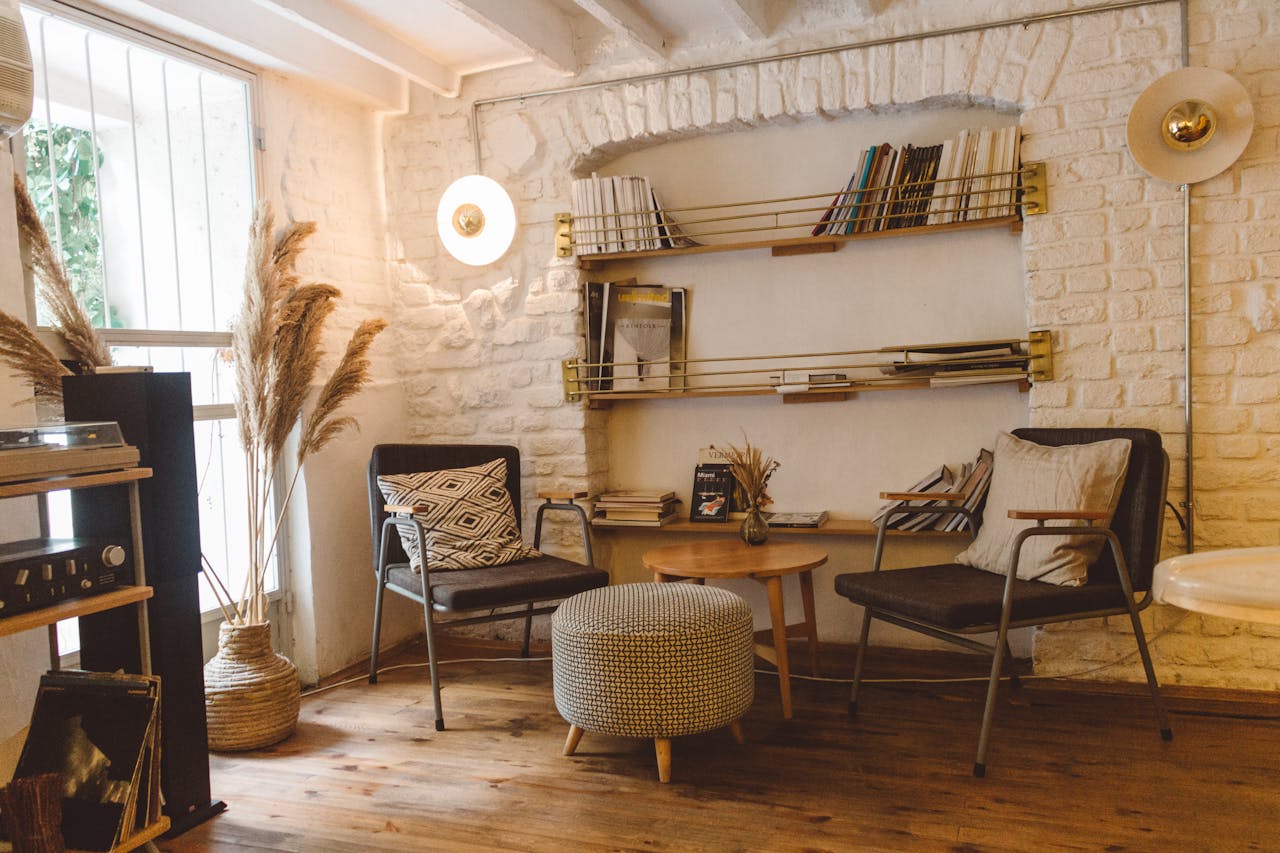
Buying a home is one of the most significant investments you’ll make in your lifetime, and protecting that investment with the right home insurance policy is crucial. Whether you are a first-time buyer or an experienced homeowner, understanding the ins and outs of home insurance can be overwhelmi
Read MoreHow is the "Lock-In Effect" Affecting You?
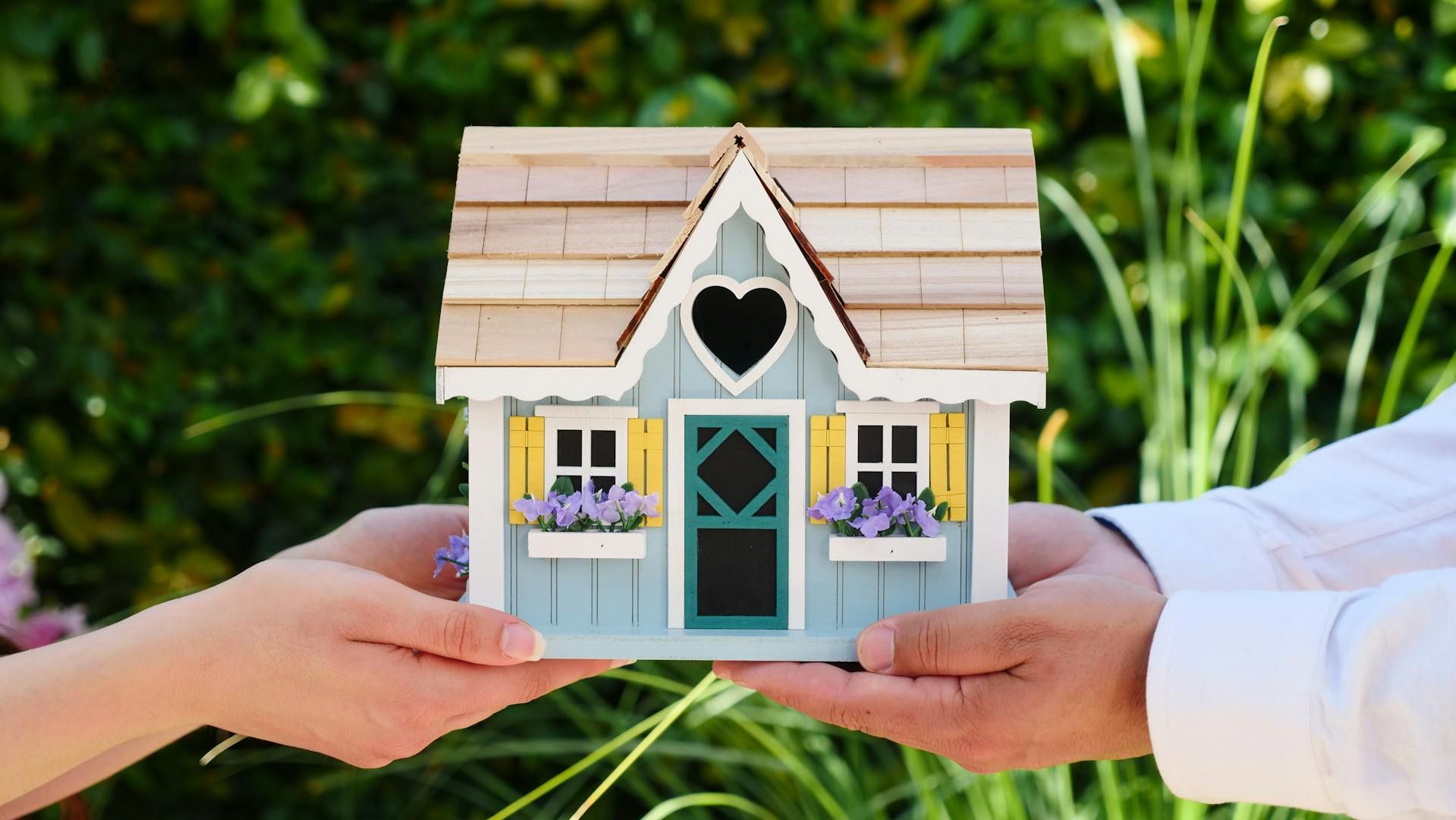
In the current real estate landscape, many homeowners and prospective buyers are grappling with a phenomenon known as the "Lock-In Effect." This term refers to the tendency of homeowners to remain in their current properties due to unfavorable market conditions, particularly rising interest rates. A
Read More-

If you’re thinking of selling your home, taking the time to research and incorporate today's hot house colors. This can significantly enhance your potential for a lucrative sale. First impressions are crucial, and color plays a pivotal role in creating an inviting atmosphere. Exterior Colors When it
Read More Getting Ready for a Labor Day Party

Labor Day is just around the corner! There's no better time to throw a party that highlights not only your barbecue skills and hospitality, but also your home's best features. Here are some tips for preparing your yard, food, and house to create the perfect Labor Day bash. Yard Preparation First imp
Read MoreLight Up Your Kitchen, Light Up Your Life
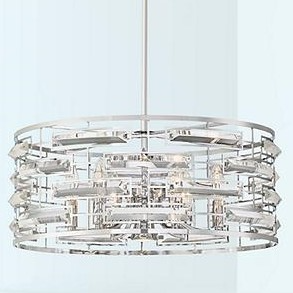
Does your kitchen space no longer work for you? Do you struggle to read recipes, do homework or see dirty spots on your kitchen counter? If so, it might be time to update the lighting in your kitchen. There are countless options for replacement lighting, and many you can do yourself, saving the cos
Read More-
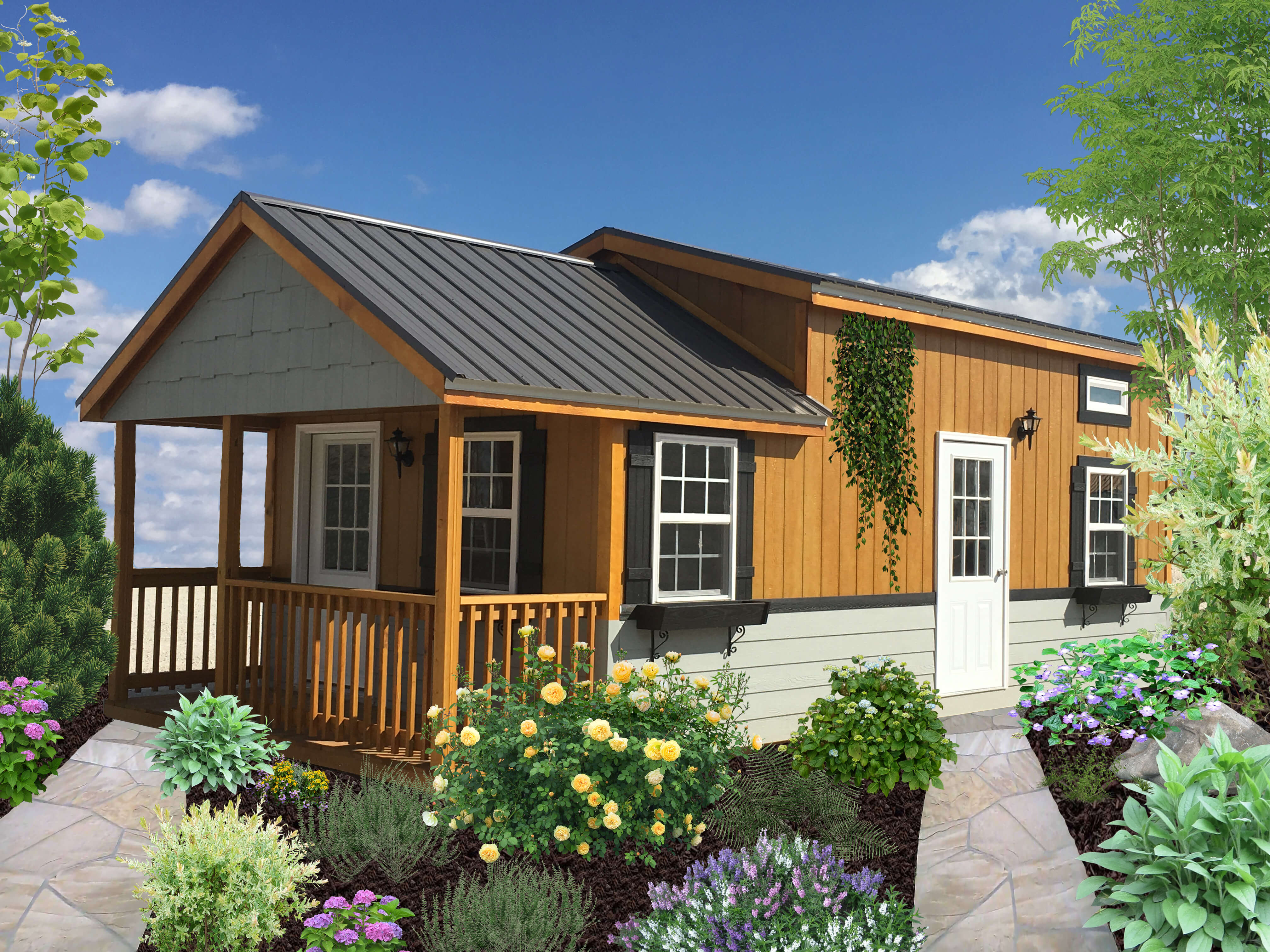
The days of everyone dreaming of a "McMansion" are waning. While not everyone envisions living in a tiny home, the trend today is leaning toward smaller and more affordable housing. There are many reasons for this trend, including: More square footage = more potential problems Smaller homes are att
Read More How Do Credit Inquiries Affect Your Credit Score?

What is a credit inquiry? Lenders and banks check your credit before they approve you for new credit cards or loans. They do this to be sure that in the past you've paid your debts on time, and if you have, they believe you are more likely to pay your new loan or credit card payments on time. When
Read MoreThe Return of the Classic Kitchen
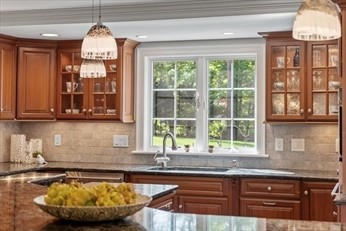
As the '70s bell-bottom pants remind us, trends become outdated, and a new trend is always waiting in the wings to take their place. What was considered passe a few years ago is now enjoying a resurgence in popularity among a new group of designers and homeowners. Keep in mind, though, that these st
Read MoreYou Might Want to Wait Before Breaking Out the Sledgehammer!
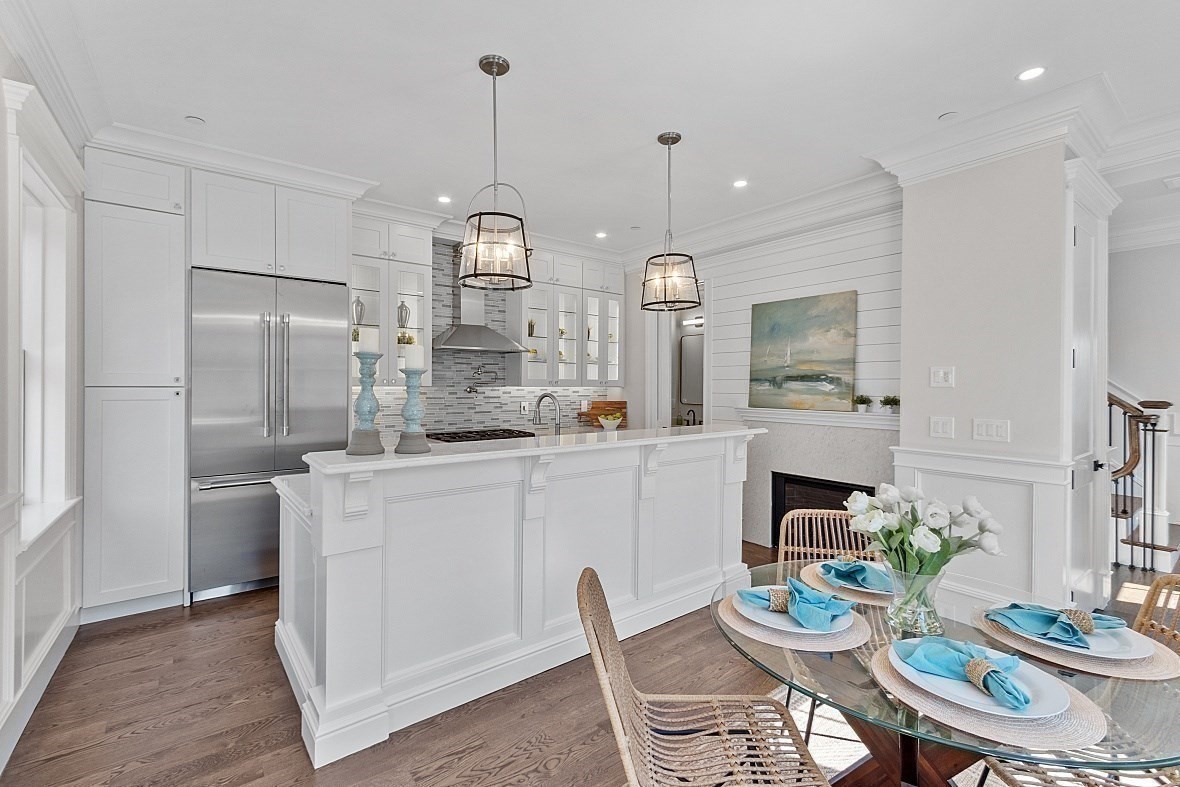
You just bought your dream home - well, sort of. It's not quite your dream yet, with that wall cutting the kitchen off from the dining room and living room. Maybe removing a wall or two will make the space just what you want. But is that a good idea? Below are six steps you should take before headin
Read MoreDon't Move Without These Items!
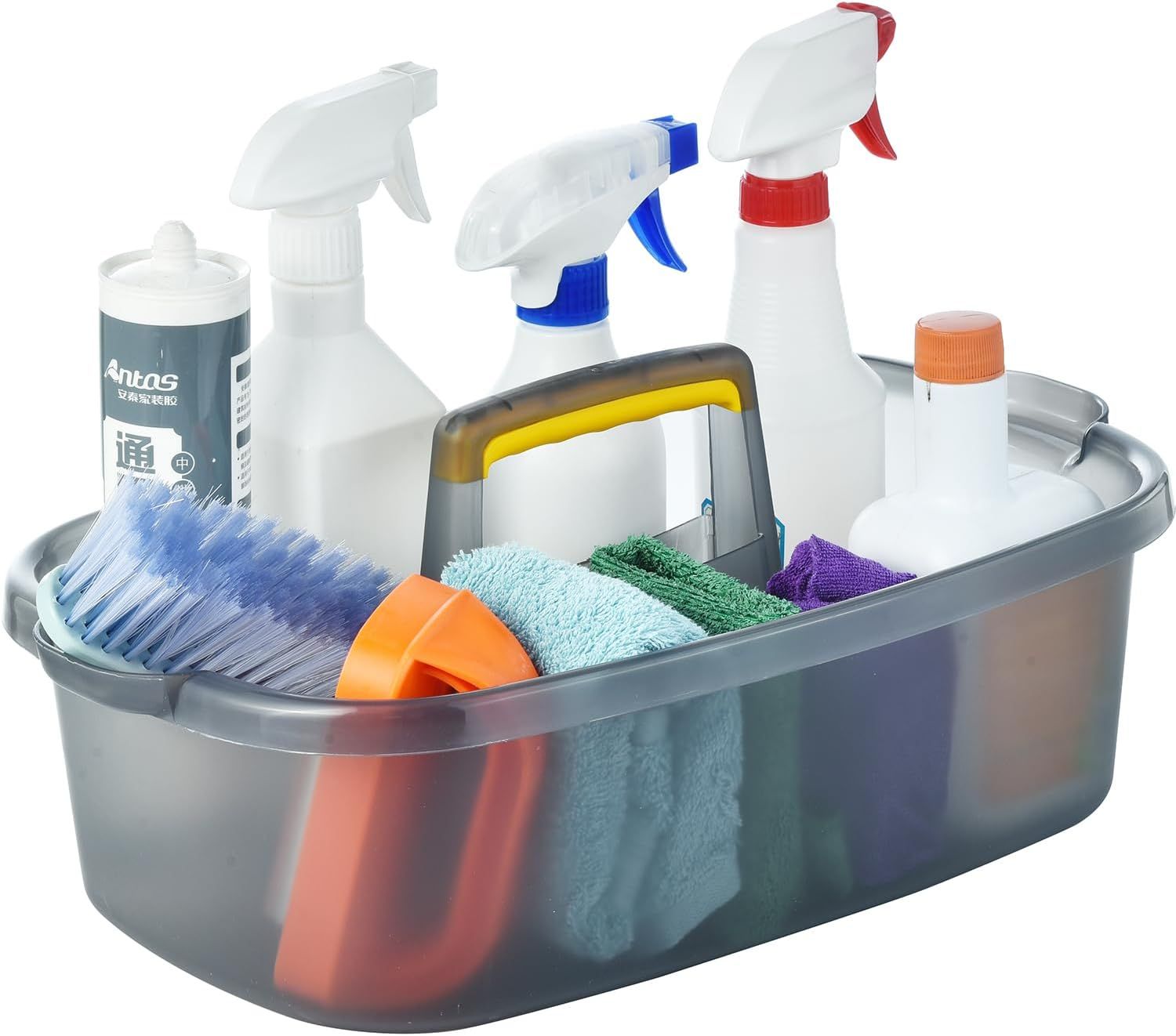
Moving is stressful and can be somewhat of a pain in the neck! Here are some tips to make your moving day less stressful and exhauting. 1. Bring Bottled Water and Food. You're going to get hungry and thirsty, no matter what time of year you move! Bring some bottled water and snacks like single-serve
Read MoreIs An Open Concept Kitchen For You?
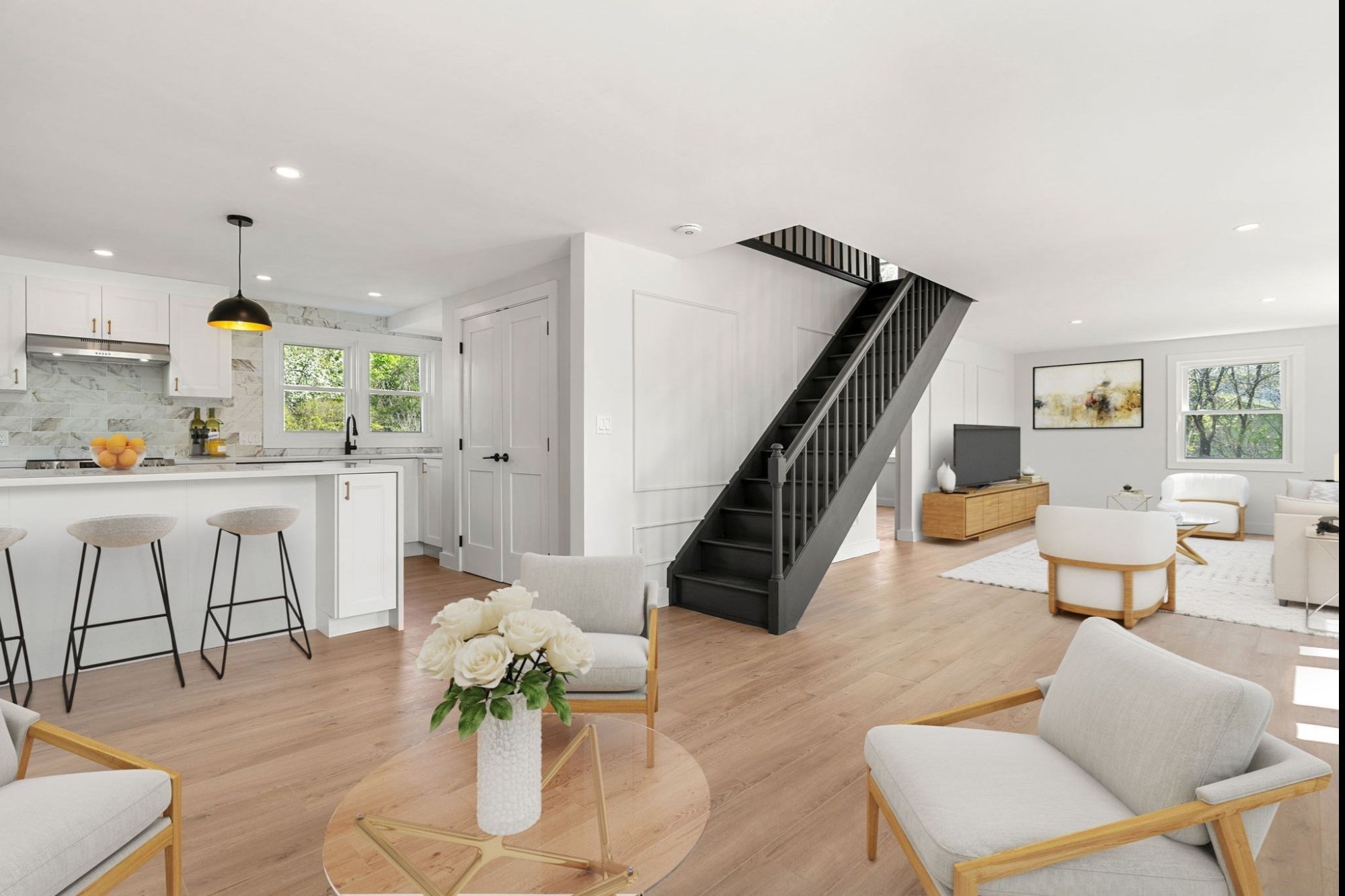
An open kitchen concept has been very popular for years, especially among those who love the idea of seamlessly integrating their kitchens with their other living and entertaining spaces. The open concept kitchen allows for the cook to share food prep and cooking responsibilities with family and fri
Read MoreIs a New Construction Home for You?

It's not as easy to find a new construction home as it is an existing home, but it can be fun and exciting to be able to customize and make your own appliance, countertop and tile selections. If you're lucky enough to find a builder or development offering new construction, be sure you make an info
Read More-

Are you thinking of moving? It's imperative to declutter, both to show your current home in its best light, and to make your move easier - and cheaper! Here are some steps to take to make your move go smoother. 1. Start throwing things out early. As soon as you make the decision to move, start throw
Read More Home Improvements That Provide Value

Thinking about selling your home? Ready to tackle some projects yourself? What home improvements make the most "cents"? Here are five home improvements that will add the most value to your home. 1. Create Curb Appeal. We've all heard it. First impressions are lasting impressions, so up your curb
Read MoreFreshen Up Your Backyard Style
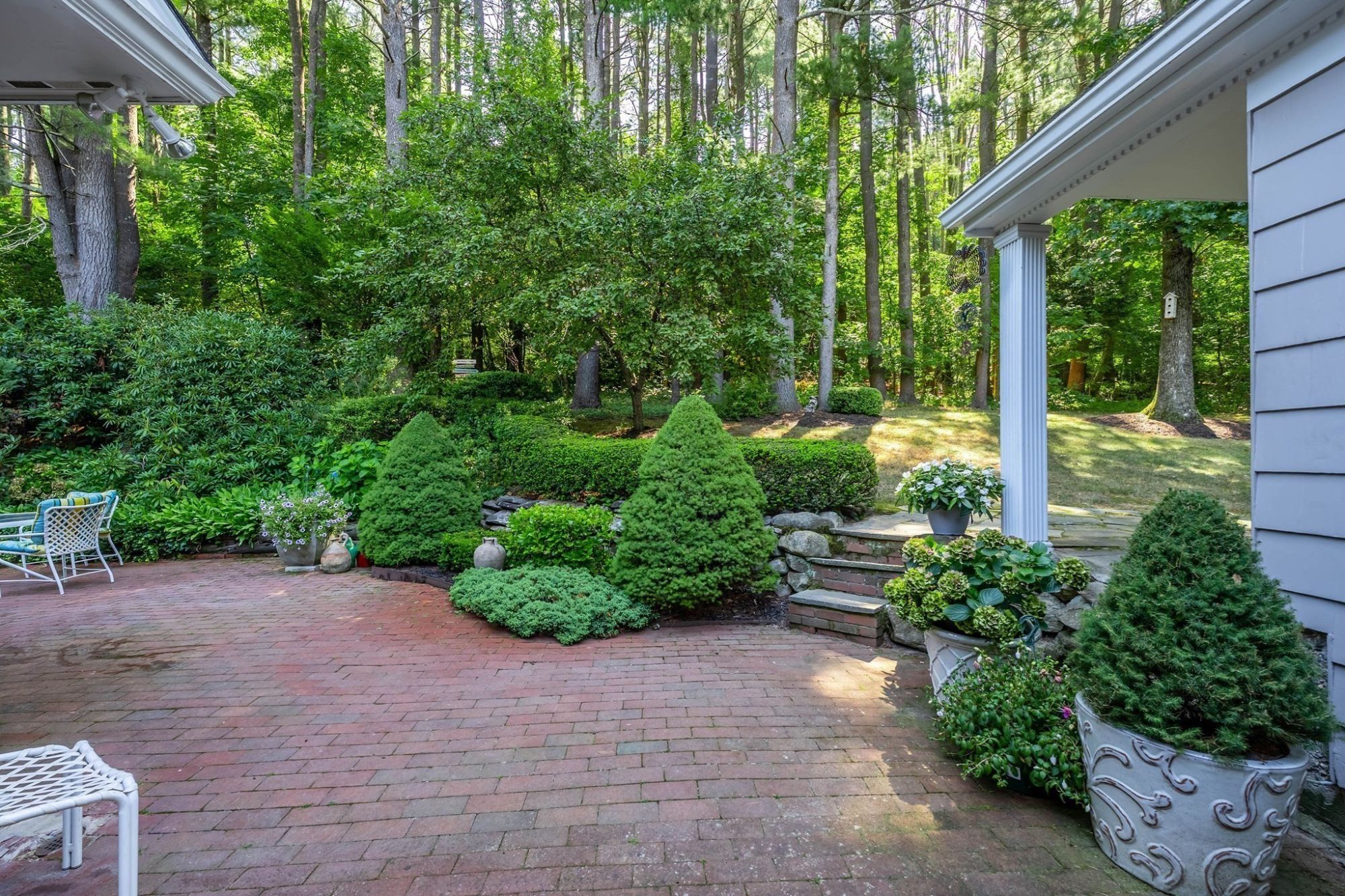
There's nothing better than spending time outdoors to connect with nature and feel a sense of peaceand wellness in your own backyard. Outdoor spaces can offer a natural and private place to practice yoga, read or meditate. Studies have shown that spending time outdoors reduces anxiety, relieves stre
Read MoreAre You Tired of Minimalist Design? Go Maximilist!
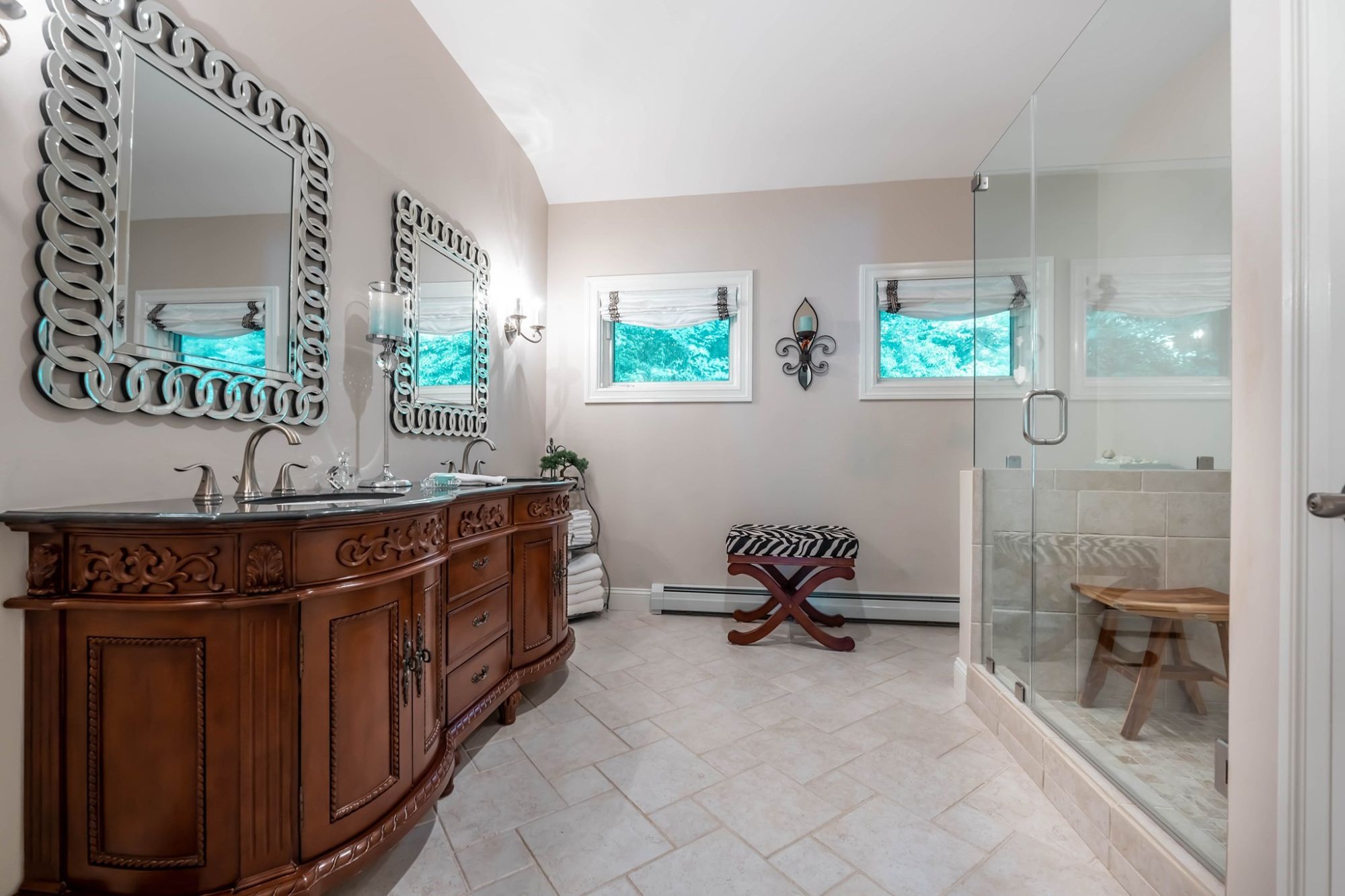
Forget minimalism. Make a bold statement and show your personality! Maximalist design is a bold, expressive style that embraces lavish colors, patterns, textures and decorative elements to create visually vibrant spaces. It's all about creating a sense of luxury, personality and eclecticism. Here
Read More-
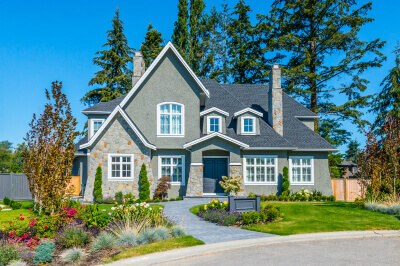
Curb appeal refers to the attractiveness of a property when viewed from the street. It includes everything from landscaping and exterior features to the overall tidiness of a home's front yard and entrance. It's the first thing people see when they look at your house. For potential buyers, curb a
Read More -
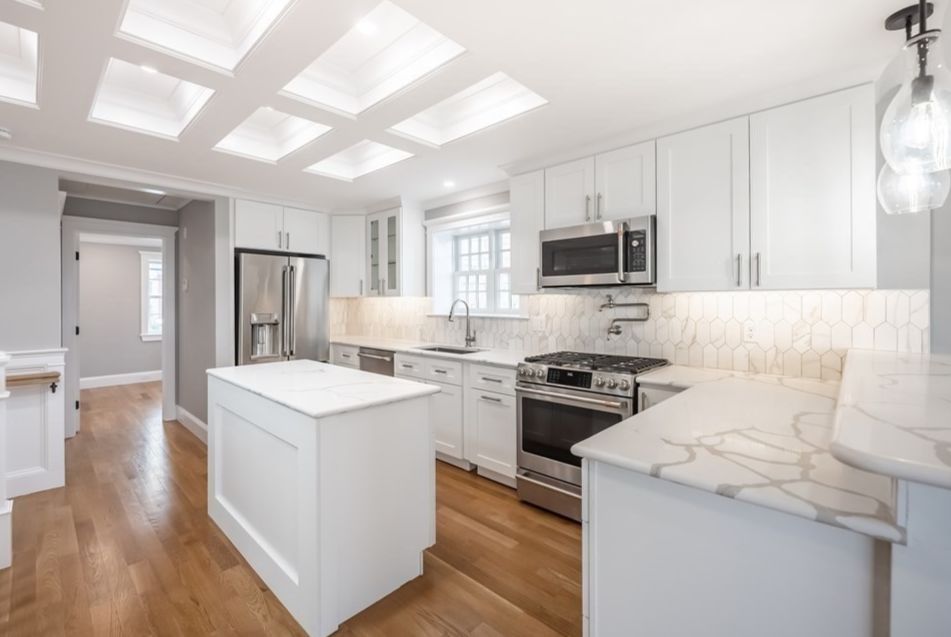
You may not be ready or able to head off on an island vacation, but you can turn your kitchen into a cooking paradise! Kitchen islands are a great way to add storage, counter space, meal prep areas and seating to a kitchen. An island is also an opportunity to make a statement, and add contrast to o
Read More What's Up On The Roof? Best Roofing Styles For Your Home
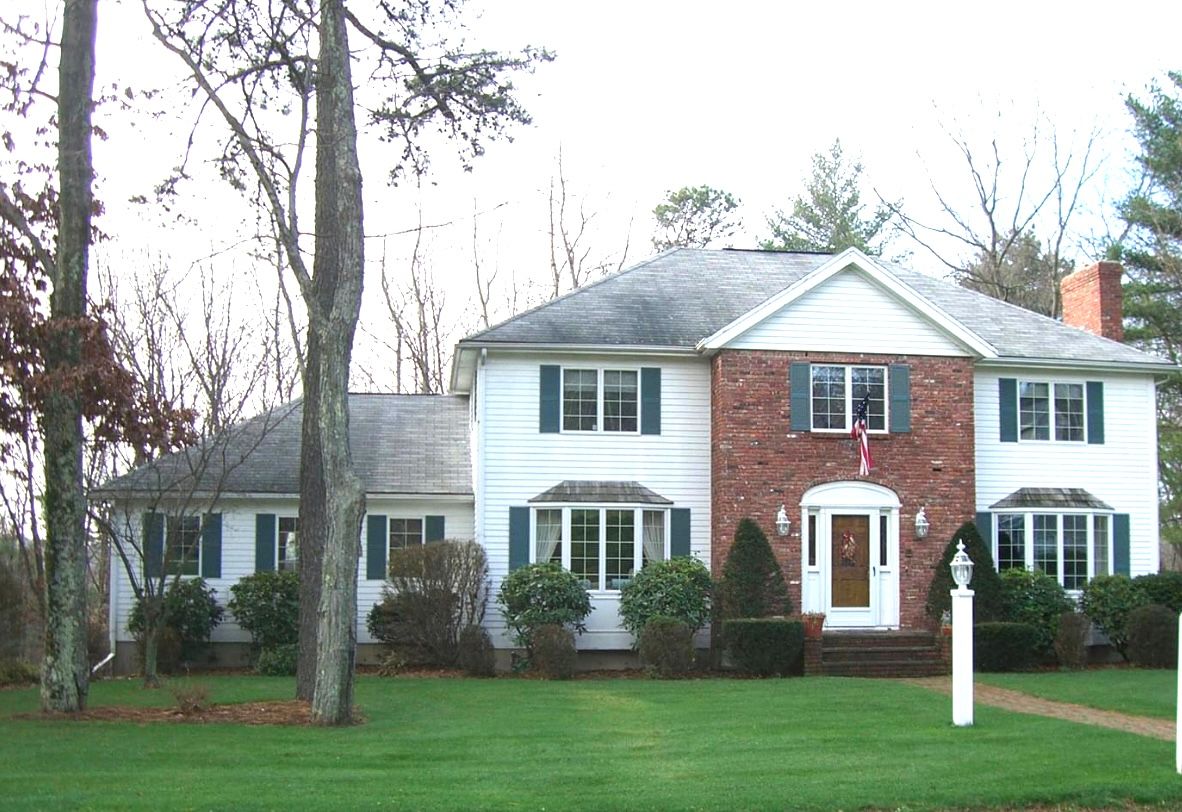
Yes, even roofs can be trendy! What's your style? Energy efficiency factors into many of today's homeowner decisions regarding renovations and remodeling. Because the roof covers a large and visible area of a home, you should be mindful of the roofing materials you choose when replacing a roof. A
Read MoreAppraisal? What's An Appraisal?
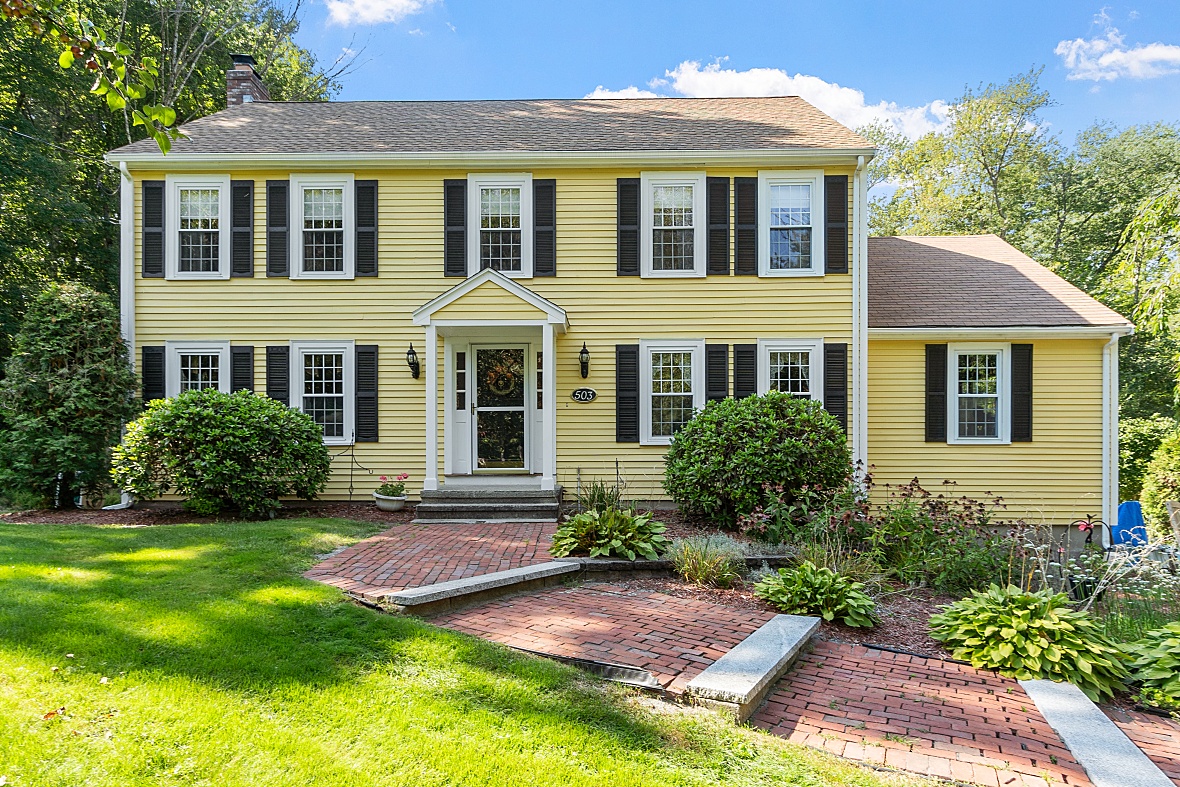
Let's face it, buying and selling a home has a language of its own! So just what is an appraisal? Isn't it the same as the assessed value of a home? No. The assessment is the value the city or town puts on a property. It's somewhat arbitrary, based on factors including the municipality's budget - ho
Read More
Categories
Recent Posts












